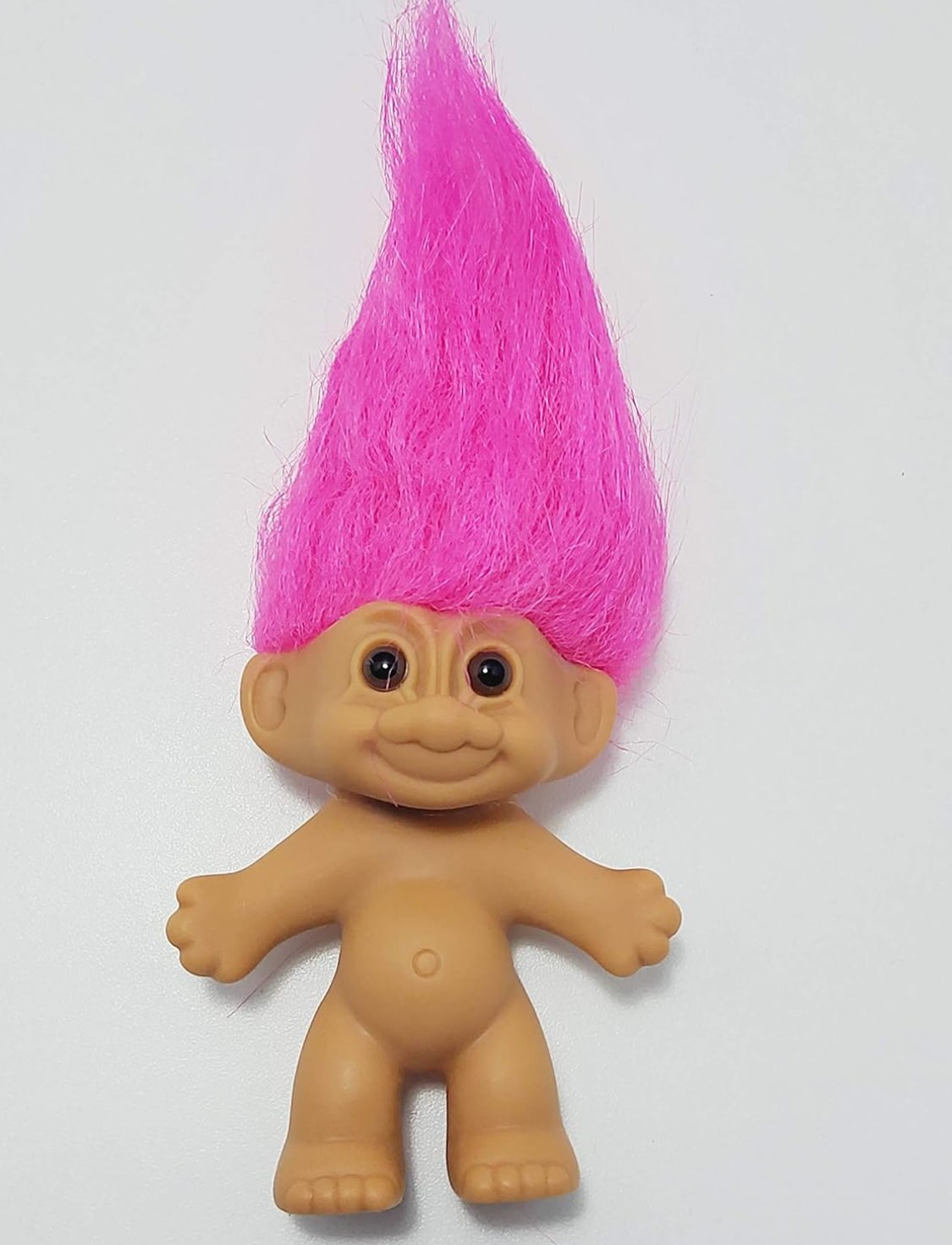Welcome to the forum
It is not an error, it is damage.
The bulge on the reverse indicates that it has taken a hit on the obverse.
This greatly devaluates the value of the cent.
This is not a die error.
It is "post mint damage".
What happened was that a heavy impact hit the obverse at Lincoln's lower head and neck.
The reverse was sitting on a hard flat surface.
So a large impact mark was created on the lower head and neck.
And the corresponding (center) of the reverse was flattened.
You could achieve roughly the same effect by hitting a coin twice with a ball peen hammer with the coin on a flat surface.
Another solution
A small piece of metal was rolled into the planchet, falling out after the strike.When the upper die struck the planchet and the small piece on it, down to the small piece thickness; die design, up to design cavities penetrates into the planchette and creating the error obverse of the coin.
Durig the stroke, the small piece tries to protrude under the planchet due to its thickness.
The lower die struck the planchet and crushes this protrusion. And the coin has dents on the reverse side and the bottom die design is missing the error image is created.
@Piri said:
Another solution
A small piece of metal was rolled into the planchet, falling out after the strike.When the upper die struck the planchet and the small piece on it, down to the small piece thickness; die design, up to design cavities penetrates into the planchette and creating the error obverse of the coin.
Durig the stroke, the small piece tries to protrude under the planchet due to its thickness.
The lower die struck the planchet and crushes this protrusion. And the coin has dents on the reverse side and the bottom die design is missing the error image is created.
Absolutely not possible. If the die strikes through, the depression would be in one side with no protruding counterpart.
Think about it. During the strike the dies are simultaneously compressed. You would have to penetrate the hardened steel die with a soft brass planchet. Physically IMPOSSIBLE
All comments reflect the opinion of the author, even when irrefutably accurate.
@Piri said:
Another solution
A small piece of metal was rolled into the planchet, falling out after the strike.When the upper die struck the planchet and the small piece on it, down to the small piece thickness; die design, up to design cavities penetrates into the planchette and creating the error obverse of the coin. Durig the stroke, the small piece tries to protrude under the planchet due to its thickness.
The lower die struck the planchet and crushes this protrusion. And the coin has dents on the reverse side and the bottom die design is missing the error image is created.
If you don't agree with the comments from experienced members of the board then it is time to send it into PCGS for certification. Prepare for a costly disappointment.
Comments
It isn't an error. It is just damage caused by the coin being hit by some hard object during its circulation life.
Welcome to the forum
It is not an error, it is damage.
The bulge on the reverse indicates that it has taken a hit on the obverse.
This greatly devaluates the value of the cent.
Thank you for your clear photos.
This is not a die error.
It is "post mint damage".
What happened was that a heavy impact hit the obverse at Lincoln's lower head and neck.
The reverse was sitting on a hard flat surface.
So a large impact mark was created on the lower head and neck.
And the corresponding (center) of the reverse was flattened.
You could achieve roughly the same effect by hitting a coin twice with a ball peen hammer with the coin on a flat surface.
Another solution
A small piece of metal was rolled into the planchet, falling out after the strike.When the upper die struck the planchet and the small piece on it, down to the small piece thickness; die design, up to design cavities penetrates into the planchette and creating the error obverse of the coin.
Durig the stroke, the small piece tries to protrude under the planchet due to its thickness.
The lower die struck the planchet and crushes this protrusion. And the coin has dents on the reverse side and the bottom die design is missing the error image is created.
That coin looks rough, but is 100% post-mint damage.
I smell a troll. If someone can explain parts of the striking process in that detail, yet still post a PMD coin asking us to explain, troll
https://www.autismforums.com/media/albums/acrylic-colors-by-rocco.291/
Absolutely not possible. If the die strikes through, the depression would be in one side with no protruding counterpart.
Think about it. During the strike the dies are simultaneously compressed. You would have to penetrate the hardened steel die with a soft brass planchet. Physically IMPOSSIBLE
All comments reflect the opinion of the author, even when irrefutably accurate.
Seek immediate medical attention.
If you don't agree with the comments from experienced members of the board then it is time to send it into PCGS for certification. Prepare for a costly disappointment.
Morgan White
I just expressed my opinions. Are you a megalomaniac who responds to opinions disrespectfully?
jmlanzaf
Thank you for your enlightening information. I approve.Kind regards.